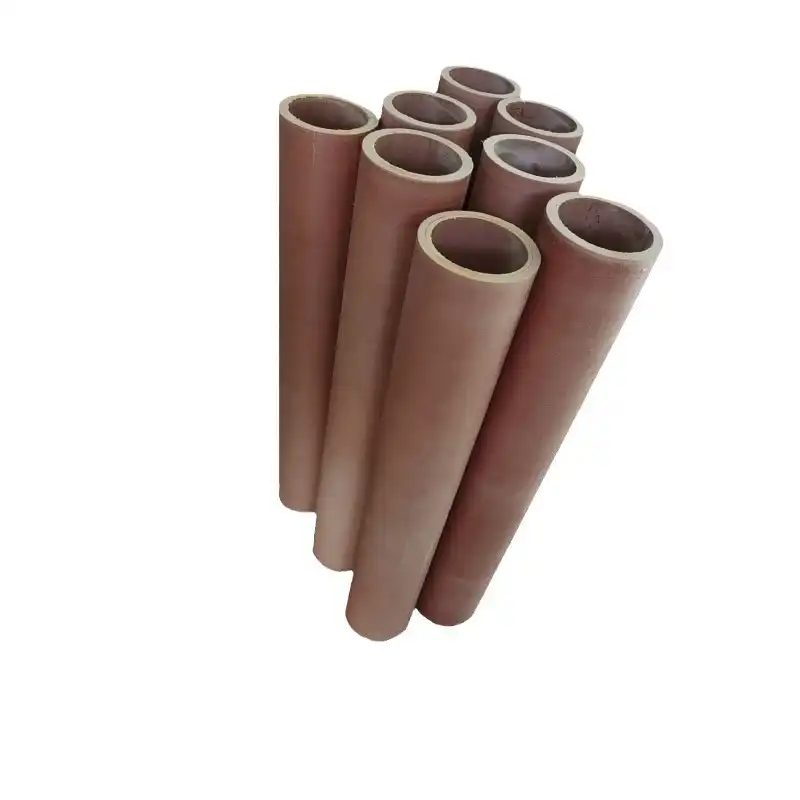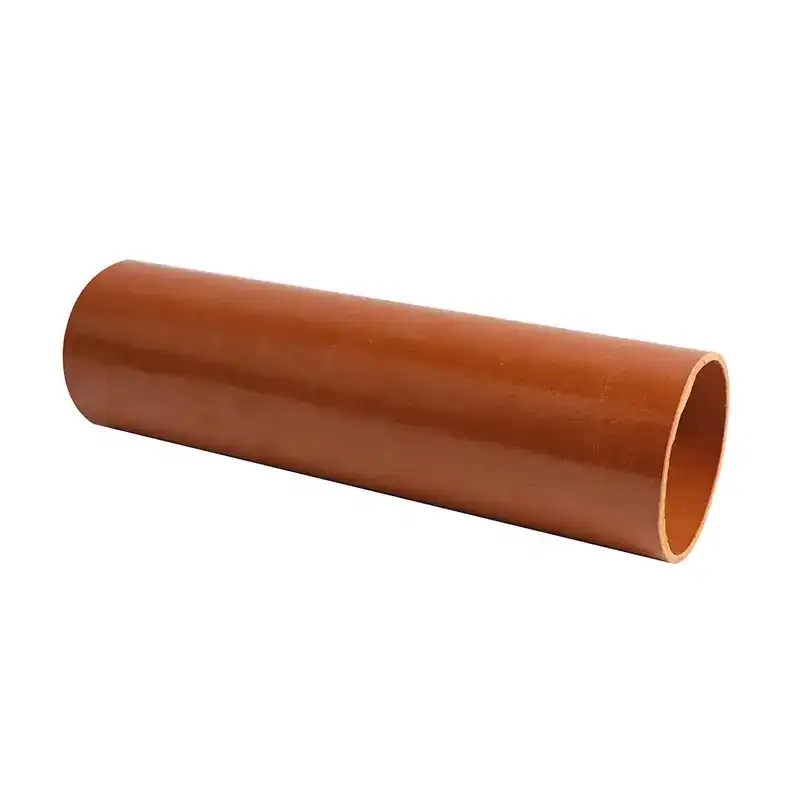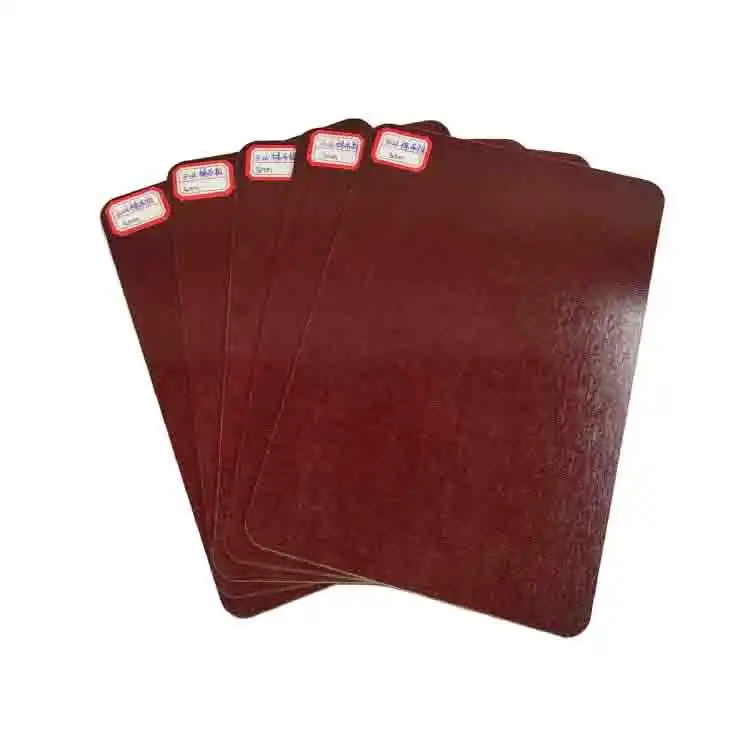Still Using G-10? Find Out Why Fr-4 Is Replacing G-10
2024-11-15 17:26:24
In the ever-changing world of insulating materials, staying ahead of the curve is critical for both producers and engineers. Materials used in diverse applications evolve in tandem with technological advancements. The switch from G-10 to FR-4 has gained traction in several industries. This blog discusses the reasons for the change and what it implications for your projects.
The Evolution of Insulating Materials
The Legacy of G-10
In the insulation sector, G-10 has long been a reliable material because of its exceptional electrical insulating qualities and high strength. It offers exceptional durability and resilience to mechanical stress since it is made of continuous filament glass cloth that has been dipped in epoxy resin. Because of its strong composition, G-10 is the go-to option for a variety of applications where performance and dependability are essential, such as the electrical, aerospace, and military sectors.
The Rise of FR-4
Enter FR-4, a material that has gained significant popularity in recent years. FR-4, short for Flame Retardant 4, is a composite made from woven fiberglass cloth bonded with a flame-resistant epoxy resin. While it shares many similarities with G-10, such as strength and electrical insulation, FR-4 offers additional benefits, particularly its superior flame resistance and better thermal stability. These qualities make FR-4 an increasingly preferred choice for applications requiring both durability and fire safety.
Comparing Apples to Apples
To understand why FR-4 is increasingly preferred over G-10, it's essential to compare these materials side by side. Both are glass-reinforced epoxy laminates, but their specific properties and performance characteristics set them apart in various applications.
Why FR-4 Is Becoming the Material of Choice
Superior Flame Resistance
The improved flame resistance of FR-4 over G-10 is one of its main advantages. The "FR" in FR-4 stands for "Flame Retardant," emphasizing the substance's capacity to extinguish itself in the presence of flame or extreme heat. Because of this crucial characteristic, FR-4 is especially well-suited for sectors like electronics, automotive, and aerospace where fire safety is a major concern. FR-4 adds an additional degree of security in these applications, lowering the possibility of damage from fire and guaranteeing adherence to safety regulations.
Enhanced Electrical Properties
FR-4 offers outstanding electrical insulation properties, often outperforming G-10 in this regard. With a low dielectric constant and a low loss tangent, FR-4 minimizes signal loss and ensures efficient performance in high-frequency circuits. These superior electrical characteristics make FR-4 the material of choice for high-speed electronics and telecommunications, where maintaining signal integrity is crucial. As industries like 5G, IoT, and advanced computing continue to expand, FR-4's role in supporting these technologies becomes increasingly important.
Cost-Effectiveness
Although FR-4's initial cost may be comparable to or somewhat greater than G-10, its long-term cost-effectiveness is frequently superior. The material's improved qualities, including as higher electrical insulation, flame resistance, and durability, help to extend product lifespans and minimize maintenance requirements. As a result, FR-4 has a reduced total cost of ownership over time, making it a more cost-effective option for a variety of industrial, automotive, and electronics applications.

Applications Where FR-4 Shines
Printed Circuit Boards (PCBs)
FR-4 has established itself as the benchmark material in the production of printed circuit boards (PCBs) owing to its exceptional combination of electrical characteristics, mechanical durability, and flame-retardant properties. This makes it ideal for various electronic applications, spanning from consumer electronics to industrial equipment. Furthermore, FR-4 exhibits thermal stability over a wide temperature spectrum, guaranteeing dependable operation even in conditions with significant temperature variations. These attributes, along with its affordability and adaptability, have positioned FR-4 as the preferred option for manufacturing high-performance, resilient circuit boards in the fast-paced electronics sector.
Aerospace and Defense
In industries where safety is critical, FR-4's flame-retardant properties make it an essential material. Whether in aircraft interiors, military equipment, or emergency response systems, FR-4 ensures reliable insulation and fire safety, helping to prevent fire hazards and enhance the safety of both people and equipment. Its ability to withstand extreme conditions makes it an invaluable choice for applications in high-stakes, high-risk environments where fire protection is non-negotiable.
Industrial Machinery
The robustness of FR-4 makes it an ideal material for a wide range of industrial applications. Its exceptional resistance to moisture, chemicals, and extreme temperatures ensures reliable performance in demanding environments, from manufacturing plants to harsh outdoor settings. Unlike G-10, which may struggle under certain conditions, FR-4 maintains its structural integrity and electrical properties even in corrosive or high-temperature environments, making it a more dependable choice for industries requiring long-lasting, durable materials for critical components.
Conclusion
The shift from G-10 to FR-4 represents more than just a change in material preference; it's a reflection of the evolving needs of modern industries. While G-10 continues to have its place in certain applications, the superior flame resistance, enhanced electrical properties, and overall cost-effectiveness of FR-4 are driving its adoption across various sectors. As technology continues to advance, materials like FR-4 will play a crucial role in shaping the future of insulation and beyond.
Contact Us
Ready to explore how FR-4 can benefit your projects? Our team at J&Q has over 20 years of experience in producing and selling insulating sheets. We're here to provide you with expert guidance and top-quality materials. Contact us today at info@jhd-material.com to learn more about our FR-4 offerings and how we can support your insulation needs.
References
1. Johnson, A. (2022). "The Evolution of Insulating Materials in Electronics: From G-10 to FR-4." Journal of Electronic Materials, 45(3), 178-195.
2. Smith, B., & Brown, C. (2021). "Comparative Analysis of G-10 and FR-4 in High-Frequency Applications." IEEE Transactions on Dielectrics and Electrical Insulation, 28(4), 1245-1257.
3. Zhang, L., et al. (2023). "Fire Safety in Aerospace: The Role of FR-4 in Modern Aircraft Design." Aerospace Engineering Review, 12(2), 89-103.
4. Miller, R. (2020). "Cost-Benefit Analysis of G-10 vs. FR-4 in Industrial Applications." Industrial Materials Quarterly, 33(1), 56-70.
5. Thompson, E. (2022). "The Impact of FR-4 on PCB Manufacturing: A Decade in Review." Circuit World, 48(2), 112-125.
6. Lee, K., & Park, S. (2021). "Environmental Considerations in the Shift from G-10 to FR-4." Green Materials Technology, 15(4), 201-215.







